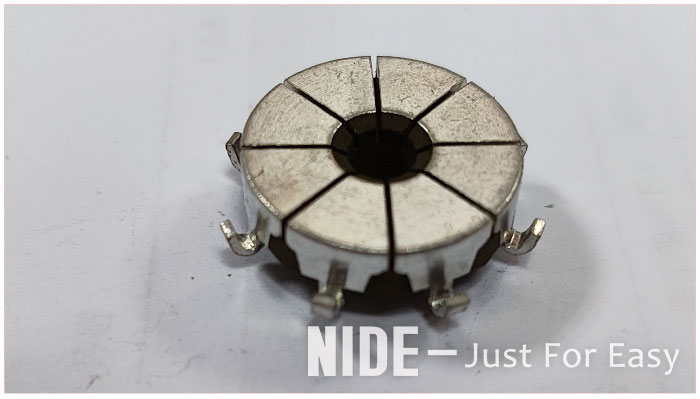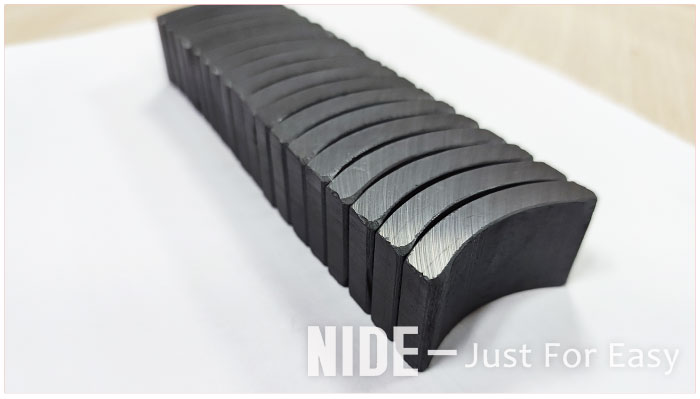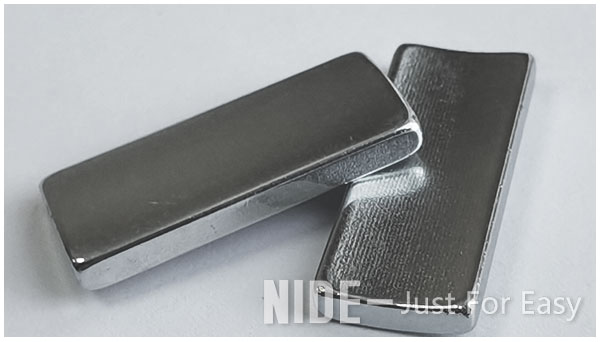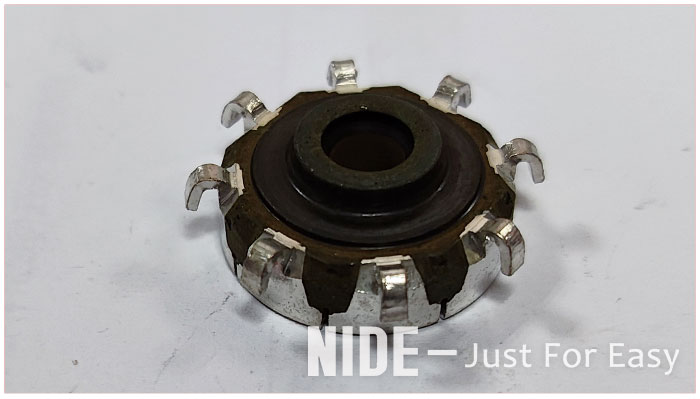2022-12-09
Accessories and benefits of brushless fuel pump motors
The commutator is often the leading cause of fuel pump failure. Since most fuel pumps run wet, the gasoline acts as a coolant for the armature and a lubricant for the brushes and commutator. But gasoline isn't always clean. Fine sand and debris in gasoline and fuel tanks can pass through the in-tank filter. This grit can wreak havoc and accelerate wear on brush and commutator surfaces. Worn commutator surfaces and damaged brushes are the main causes of fuel pump failure.
Electrical and mechanical noise is also a problem. Electrical noise is generated by arcing and sparking as the brushes make and break contact on the commutator. As a precaution, most fuel pumps have capacitors and ferrite beads on the power input to limit radio frequency noise. Mechanical noise from impellers, pump gears and bearing assemblies, or cavitation from low oil levels are amplified as the oil tank acts like a big speaker to amplify even the smallest sounds.
Brushed fuel pump motors are generally inefficient. Commutator motors are only 75-80% efficient. Ferrite magnets are not as strong, which limits their repulsion. The brushes pushing on the commutator create energy which ultimately eliminates friction.

A brushless electronically commutated (EC) fuel pump motor design offers several advantages and increases pump efficiency. Brushless motors are designed to be 85% to 90% efficient. The permanent magnet part of a brushless motor sits on the armature, and the windings are now attached to the housing. Not only does this eliminate the need for brushes and commutators, but it also significantly reduces pump wear and friction caused by brush drag. Brushless EC fuel pumps reduce RF noise because there is no arcing from brush commutator contacts.

Using rare-earth (Neodymium) magnets, which have a higher magnetic density than ferrite arc magnets, can generate more power from smaller and lighter motors. This also means that the armature does not need to be cooled. The windings can now be cooled over the greater surface area of the housing.
The output flow, speed and pressure of the brushless fuel pump can be closely matched to meet the needs of the engine, reducing fuel recirculation in the tank and keeping fuel temperature low - all resulting in lower evaporative emissions.

There are downsides to brushless fuel pumps, though, one of which involves the electronics needed to control, operate and start the motor. Since the solenoid coils now surround a permanent magnet armature, they need to be switched on and off like the old commutators. To achieve this, the use of semiconductors, complex electronics, logic circuits, field effect transistors and hall effect sensors will control which coils are turned on and when to force rotation. This results in higher production costs for brushless fuel pump motors.

You can choose the fuel pump motor according to your needs. We also provide customers with various solutions for fuel pump motors and motor accessories, including integral fuel pump motors, commutators, carbon brushes, ferrite magnets, NdFeB, etc. If you don't find the product you need on our website, please contact us, we provide customized services for customers at any time